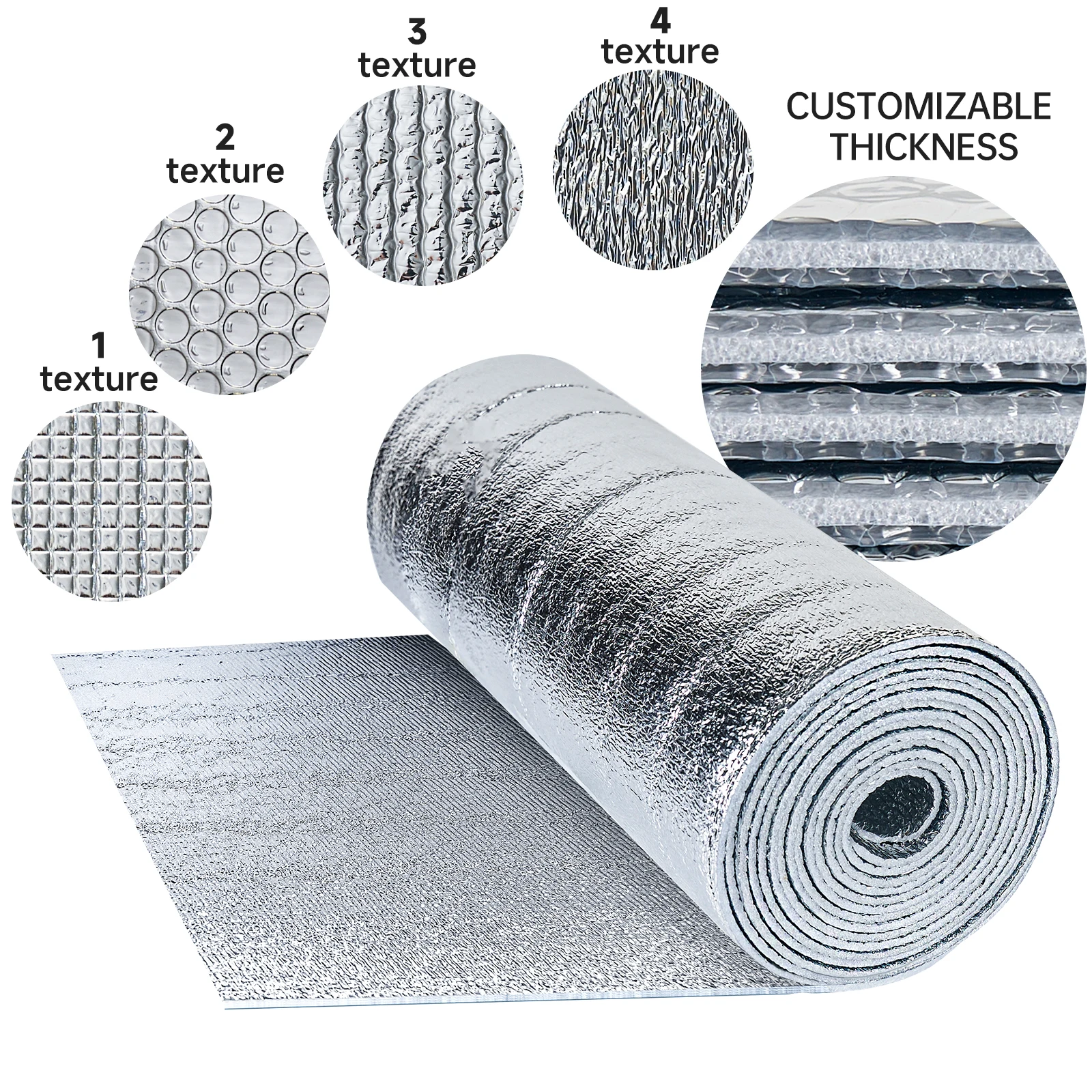Thermal Insulation Material: Innovations and Applications for a Greener Future
In the quest for energy efficiency and environmental sustainability, thermal insulation material play a crucial role in reducing energy consumption and carbon emissions. These materials are designed to minimize heat transfer, thereby maintaining comfortable indoor temperatures and reducing the need for heating and cooling systems. Here’s a comprehensive look at thermal insulation materials, their features, applications, and market trends.
Key Features of Thermal Insulation Materials
High Thermal Resistance
Thermal insulation materials are engineered to have low thermal conductivity, which means they effectively resist the flow of heat. This property is crucial for maintaining a stable indoor temperature, reducing energy demand for heating and cooling, and enhancing overall energy efficiency.
Diverse Material Options
A wide range of materials is used for thermal insulation, each with its unique properties and applications. Common materials include fiberglass, mineral wool, cellulose, polyurethane foam, and polystyrene. Each material offers different levels of thermal resistance, fire resistance, and environmental impact, making them suitable for various applications.
Customizable Solutions
Thermal insulation materials can be customized to fit specific requirements. From thickness and density to shape and size, manufacturers can work with you to ensure the material perfectly aligns with your project’s specifications and performance needs.
Applications Across Industries
Construction
In the construction industry, thermal insulation materials are essential for walls, roofs, and floors. They help regulate indoor temperatures, reduce energy consumption, and enhance the overall comfort of buildings. Materials like aerogel, which has an extremely low thermal conductivity, are becoming increasingly popular for their high-performance insulation capabilities.
Automotive
Thermal insulation materials are used in automotive applications to reduce heat transfer and improve fuel efficiency. They are also used to protect vehicle components from extreme temperatures and to enhance passenger comfort.
Aerospace
The aerospace industry relies on advanced thermal insulation materials to protect spacecraft and aircraft from extreme temperature variations. Materials like aerogel and multi-layer insulation (MLI) are used to provide lightweight and effective thermal protection.
Consumer Goods
Thermal insulation materials are used in a variety of consumer goods, from insulated clothing to camping gear. They help maintain temperature stability and provide comfort in various environmental conditions.
|
Item
|
value
|
|
Place of Origin
|
China
|
|
Provices
|
Fujian
|
|
Brand Name
|
OEM
|
|
Model Number
|
8082
|
|
Material
|
600D
|
|
Type
|
Thermal
|
|
Use
|
Food
|
|
Feature
|
Waterproof, Thermal
|
|
Type
|
Shoulder thermal backpack
|
|
Art.No.
|
8082
|
|
Colour
|
Gray, blue
|
|
Time-to-market
|
Summer of 2023
|
|
Function
|
Portable, foldable, quick cooling, water filled
|
|
Texture of wood
|
Oxford cloth
|








